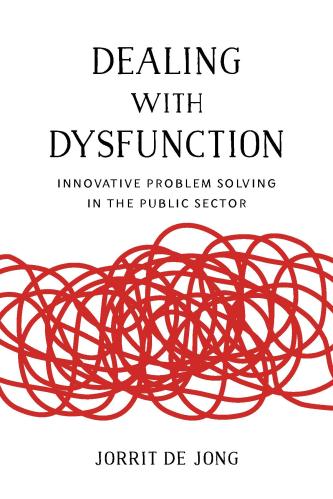By now almost everyone knows that the U.S. has fallen badly behind other advanced nations in the kind of health care and education it delivers to its citizens. We spend twice as much per capita than most other countries on health care and don’t get better outcomes as a result. We also spend twice as much per full-time equivalent student on higher education than other OECD countries, and 38 percent more on elementary and secondary education with disappointing results in terms of what students know at the end of the process, according to international assessments of learning.
What has been less recognized are some of the similarities between these two sectors that help to explain why they are not performing better. These include 1) fee for service instead of pay for performance, 2) low productivity, 3) third-party payment, and 4) entrenched institutional and professional interests that mitigate against change.
Some have advocated a pure market-based approach to each. In my view, although some greater market pressure might help, these solutions are neither realistic nor without their own flaws. These are both sectors where consumers are too poorly informed and societal costs and benefits too great to leave decision-making entirely in the hands of individuals. Moreover, health and education are arguably goods that should be available to everyone in a rich country with a commitment to equal opportunity. That said, there is no reason that well-regulated access to each needs to be so expensive.
In both sectors, providers are paid based on what they deliver and not on the outcomes they produce. In education, teachers and professors are paid based on hours spent in the classroom and not based on what their students learn and in health care, providers are paid based on treatments prescribed and not on whether patients get well. The good news is that in both sectors there is an ongoing effort to link pay more closely to outcomes achieved, whether in accountable care organizations or in new ways of paying teachers based on the learning gains achieved by their students.
In addition, both sectors are labor intensive and have been largely by-passed by the technological and organizational advances that have made manufacturing, retail trade, and other sectors of American society so productive. Put differently, both sectors have been plagued by what economists call “the cost disease” – steadily rising costs necessitated by the failure of productivity in these sectors to advance as rapidly as in other sectors of the economy. The response to the cost disease must be to find cost-reducing technological solutions such as the use of generic drugs or para-professionals in health care and online learning in education.
The problem of rising costs is exacerbated by the fact that consumers are largely unaware of how much their education or health care is costing and thus less likely to shop wisely. Much of the problem is related to asymmetries of information — the fact that consumers are much less well-informed than the experts or those providing services, but some of it is related to the fact that consumers are insulated from the costs by government subsidies or insurance policies that pay for much or all of what they consume.
Another reason it is so difficult to improve these two sectors is the power of existing institutions and the people who work in them to retain the status quo. Whether it is public school teachers fighting new compensation schemes tied to performance or university professors resisting the replacement of lectures with online courses or doctors preventing nurses from providing more patient care or pharmaceutical companies trying to maintain high profits with marginally better new drugs, the consumer is the ultimate loser.
Another reason for the status quo is the dedication to maintaining access to both education and health care even when that access raises costs without actually helping its intended beneficiaries. Community colleges have provided broad access to higher education but 70 percent of students in this system fail to get a degree, a certificate, or transfer to a four-year institution within six years. Medicaid and Medicare have provided access to health care for millions of low-income and elderly households, but too many of them are receiving treatments with little or no evidence of effectiveness or are making lifestyle choices inconsistent with good health. Access to both higher education and to subsidized health care should be preserved or even expanded but it may be time to consider new ways of conditioning that access on individual behavior. Students don’t learn unless they are engaged in the process and patients don’t get well unless they comply with a treatment plan.
These two sectors now represent one quarter of the economy. Other advanced nations spend less and get more for their money. It is time for both voters and their elected representatives to recognize that without the kind of innovation that has made other sectors strong, the United States is doomed to become a second class nation. Health care and education are vital not only to the well-being of individuals but also to the strength of the nation. A little creative destruction in these two sectors might serve us well.
The Brookings Institution is committed to quality, independence, and impact.
We are supported by a diverse array of funders. In line with our values and policies, each Brookings publication represents the sole views of its author(s).









Commentary
Op-edAmerica’s Two Most Troubled Sectors: Health and Education
July 23, 2013